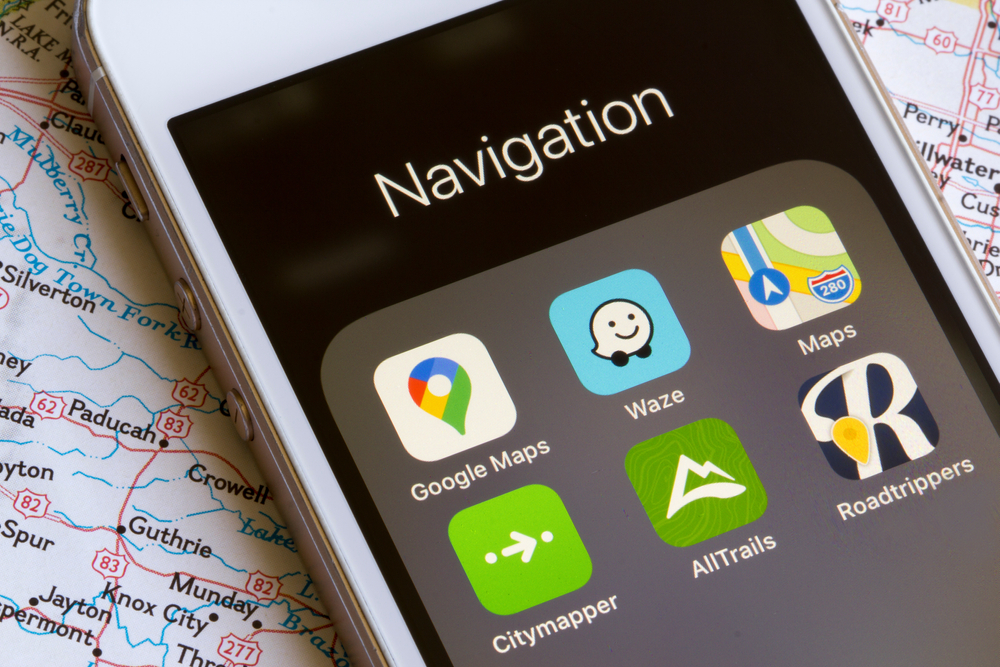Judicial Notice Gets a Modern Update
Judicial Notice Gets a Modern Update
Picture this: you’re in court involving a personal injury crash and you want to reference as evidence the fact that Orange Avenue is a roadway that runs North-South. Do you need to ask the court for a recess, go find an expert, hail them into court and have them testify that their expert knowledge about magnetic poles indicates that Orange Avenue is a road that runs North-South? Likely not, thanks to something called judicial notice.
Judicial notice is sometimes regarded as a “short-cut” to presenting evidence in Florida courts. Courts can take judicial notice of any fact that is so notoriously known to be true, that it doesn’t require a party to prove its truth through the formal means of presenting evidence. For example, because the fact that Orange Avenue runs North-South is a widely known and accepted fact within Orange County, a party can ask the court to take judicial notice of that fact instead of having to find and present testimony from an expert.
Prior to July 1, 2022, Florida Courts followed two main evidence rules in determining whether to take judicial notice of a certain fact: Florida Rule of Evidence 90.201 which state three matters that must be judicially noticed if a party asks and Florida Rule of Evidence 90.202 which list thirteen matters the court may judicially notice if asked by a party. If a party requests in writing, with sufficient time, for a court to take judicial notice of a matter listed in Florida Statute 90.202, then the court shall take judicial notice of said matter.
On July 1, 2022, a new evidence rule, Florida Statute 90.2035 was enacted to specifically address images, maps, location, distance, calculations or other information taken from widely accepted web mapping services, global satellite imaging sites or Internet mapping tools. Essentially, if a party wishes to present a picture collected from Google Earth, or a mapped-out distance from MapQuest, then they should look to this rule.
The new rule states a court may take judicial notice of the listed items as long as the item indicates the date on which the information was created. The new rule also requires any party intending to use such information in evidence to file a notice of such intent within a reasonable time of the hearing or trial.
Interestingly, in civil cases the new rule specifically carves out a rebuttable presumption that information covered under this new rule should be judicially noticed. The presumption may be overcome if the court finds by the greater weight of the evidence that the information does not fairly and accurately portray what it is being offered to prove. For example, if a party seeks to admit a photo from Bing Streetside to show a business storefront on the date of an incident, then the photo should be judicially noticed, unless the court finds by the greater weight of the evidence that the Bing Streetside photo does not accurately illustrate what the business storefront looked like on the date of the incident.
So now, with this new rule, if you want to enter into evidence the fact that Orange Avenue runs North-South, you can seek judicial notice of a Google Maps image depicting the roads’ direction under Florida Statute 90.2035.








